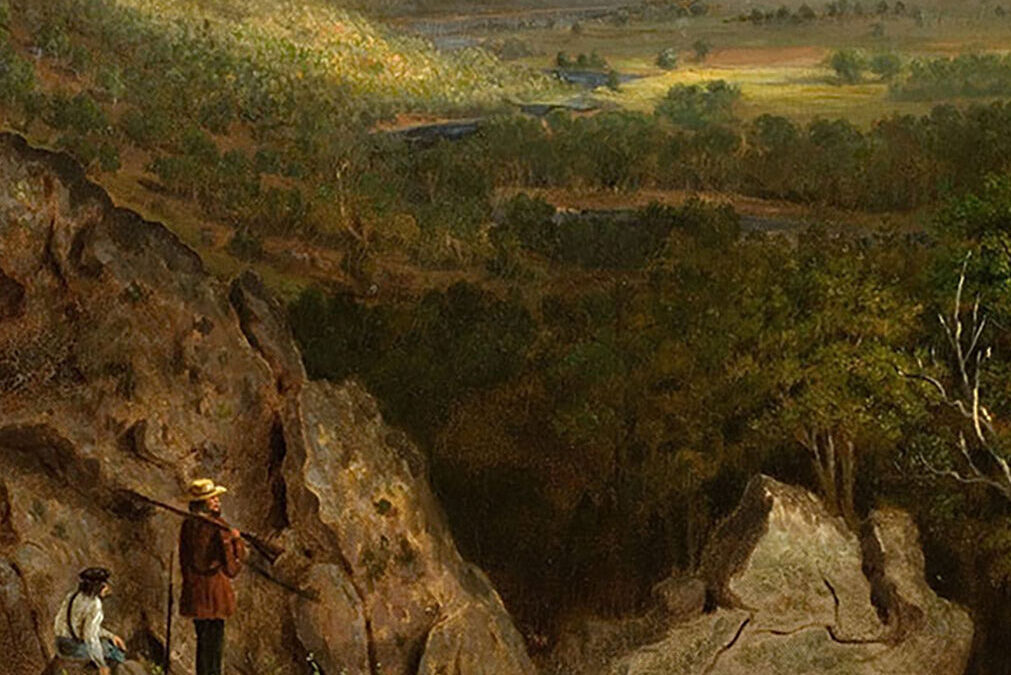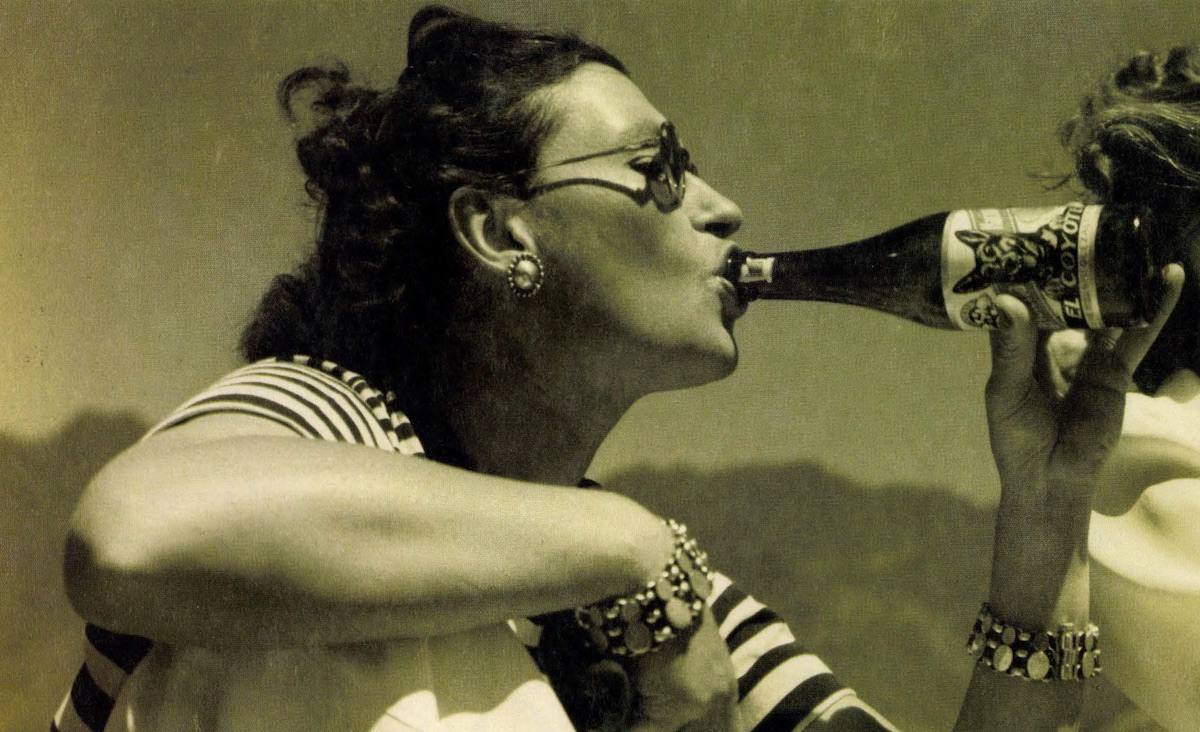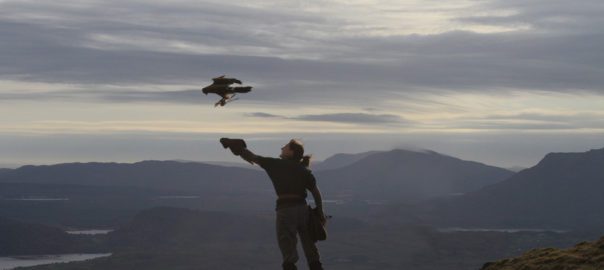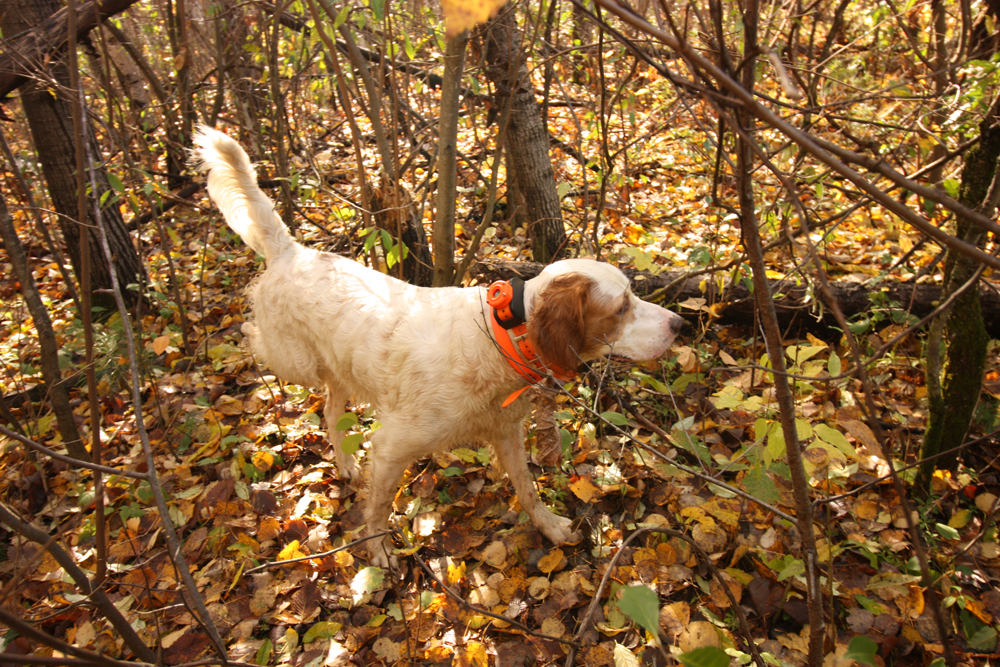Contemplations on the ethical hunt.
I saw the yellow Rank and the branched antlers as he stepped through a thin place in the second-growth timber, maybe 70 yards away. He was gone before I could even slip the rifle sling off my shoulder, let alone shoot. The wind was in my favor, so I went to the right as fast as I could without making too much noise, stepping rock to rock to avoid the crunch of the frost in the gravel, watching the wall of second-growth lodgepole and limber pine for another break. The seconds ticked by as I cautiously slipped forward, already losing hope. Then, in a narrow lane down the slope, he was there, on the other end, 50 yards away, stock-still and quartering my way, staring right at me, trying to figure out exactly what had made the motion he had caught out of the corner of his eye. Before he ran.
I figured I had about three seconds before he decided to evacuate. For many years I struggled with this kind of quick draw confrontation — get the rifle to the shoulder quickly but don’t spook the animal, find him in the scope, decide to make that irrevocable commitment, and squeeze the trigger, all before he jumps. It’s not the kind of shooting they teach at the rifle range, more like taking a pheasant with a shotgun. I held on the near shoulder, and at the sound of the shot, he spun and disappeared.
I walked down to the spot. A splash of red, another and another. Every jump he took spilled bright lung blood. I looked out 50 yards ahead and saw a branch move — no, not a branch, an antler beam just above the ground. As I arrived, I heard him take his last breath.
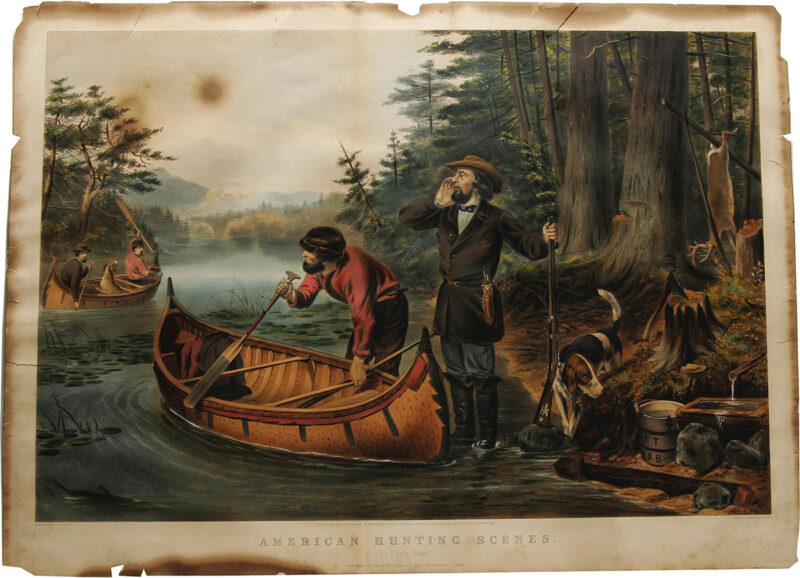
An Early Start — American Hunting Scenes by Currier and Ives.
There was, in that moment, the wind-sheer of emotion that always takes my breath away, even after 50 years in the field. Relief that the shot was well taken and the animal hadn’t suffered, that I’d found him without difficulty. A sudden release from the discipline big game hunting requires, the day-after-day commitment, physical and mental, the white-hot focus on the moment. Sorrow at his dying and the growing sense that someday, not all that far off, I would take that last breath myself. Regret. Elation. And, as I took out the knives, gratitude for this food, which will feed my family for the next year.
For most of the past 30 years, our household has lived on a steady diet of wild meat — a fair amount of small game, some antelope, some deer but mostly elk. In spite of that, I’m not sure I’d call what I do subsistence hunting. If the elk gods don’t smile, we can afford supermarket burger, although the price is breathtaking and the process that brings the meat to market turns my stomach. We infinitely prefer hormone- and antibiotic-free, locally grown meat, so big game hunting at my house isn’t just a pastime; it’s something I do for reason of health and philosophy.
Like many of the really important matters in life, it’s taken me many years to begin to understand my relationship as a hunter with the elk I pursue, and as the light has dawned, I’ve come to recognize a tension between the practical demands of subsistence and the ideal of sport.
It’s all well and good to hunt for the challenge, the experience, the exercise, the fresh air, but if you really want the meat, coming home with nothing in the pickup is a serious matter. Hiking the elk timber 15 miles a day gives a hunter plenty of time for thought, and as the hours go by with no elk in evidence, such thinking inevitably turns to shortcuts. How to get the easy elk. The sure elk.
That’s not necessarily a bad thing. It may lead to increased effort or better planning, an oath to get into better physical shape next year, a more careful study of the map or even of elk themselves, but it can also lead to darker behavior that violates the ethical canons of hunting and/or the law.
These crosscurrents of need and motive are nothing new — they’ve probably been a part of hunting for as long as hunters have gone looking for meat. For that reason, it’s instructive to consider the attitudes of true subsistence hunters toward their quarry.
There’s a tendency to assume that all hunter-gatherers were paragons of sporting virtue in their relationship with game. Reports from observers who had a chance to witness the day-to-day activities among true hunter-gatherer cultures cast significant doubt on that notion. Many Native American hunters succumbed to the siren song of the market as it established a high value in trade goods for game and wild fur, and the resulting pressure began to undermine populations of big game and fur bearers well before Europeans took over the slaughter.
Even in pre-Columbian America, the natives used techniques for taking game most modern hunters would find objectionable. Deer and moose were pursued in deep water by canoe and in deep, crusted snow by snowshoe; moose were snared; herds of buffalo were driven over cliffs; rabbits and other small game were driven into nets. The idea of “fair chase” took on a different meaning when a family’s next meal depended on success, not just a sporting effort.
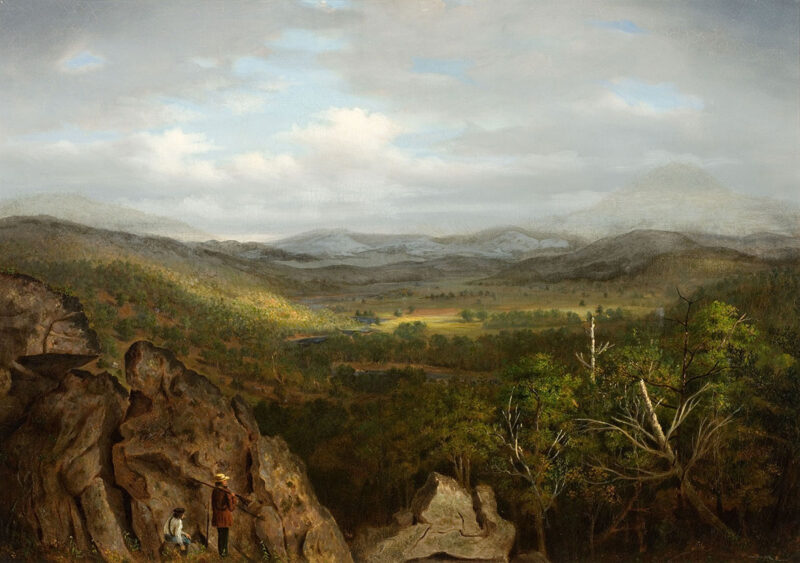
The Overlook by Henry P. Hunt
The sustainability of the harvest was built into the primitive hunting-gathering culture. After a particularly successful drive, meat and hides were undoubtedly wasted, but whenever an animal was taken, it was used as completely as human ingenuity and the technology of the time allowed, simply because the group needed the food and fiber. Harvests were limited by the effectiveness of hunting technique and weaponry, and when the game was depleted in a given area, the groups of people in that area moved on. Human populations were severely hindered by their tools and the regional scarcity of game, which, in turn, limited the impact of their harvest.
This isn’t to say that Paleolithic hunters had no ethical scruples when it came to the chase. Whatever their differences, hunting societies from the poles to the tropics shared one thing — a respect, even reverence, for their prey. Anyone who has spent time in pursuit of wild animals can understand the origins of this attitude. Hunting is never predictable. Sometimes game seems to be everywhere; other times it seems to have disappeared for no apparent reason. It’s easy for any hunter to get superstitious about such things, even when he’s carrying a state-of-the-art firearm and has a dependable supply of beans waiting back at camp.
For the men who hunted with bows and atlatls, such superstitions deepened into religion. We can see the ghosts of their rituals in the images left to us by ancient hunters on the walls of the caves at Chauvet and Lascaux. In the hunting cultures that survived into the modern era, there was a common theme of ritual designed to demonstrate the hunter’s respect for the animal that has died and, often, gratitude to the god or gods who provided that animal.
The Inuit of northern Canada have hunted for millennia in one of the harshest environments on earth. Their experience with animals in that hostile place has led them to believe that all living things have spirits.
“The great peril of our existence,” one Inuit elder has said, “lies in the fact that our diet consists entirely of souls.”
For the Inuit and all other subsistence hunters, the failure to propitiate the spirit of an animal that had been killed puts the guilty hunter and his entire band at risk of retribution.
The Canadian biologist C.H.D. Clark spent much of his career working in and around the Thelon Game Sanctuary in what is now Nunavut and the Northwest Territories, a corner of the globe that, even today, is about as far from civilization as it’s possible to get.
In the late 1930s, Clark met an old man in one of the local villages. The man had been blind most of his life, and the condition of his eyes showed that he’d lost his sight because of injury, not infection or illness. After Clark had known the local people for several years, he asked one of the elders what had happened. He was told that, when the man was young, he had repeatedly shown a complete lack of respect for the caribou he was killing. Afraid of the spiritual consequences of this irreverence, the villagers put out his eyes.
Whether an animal has a spirit is something each hunter must decide for himself. If the followers of the ancient customs of hunting were right, then a hunter who fails to show gratitude for his quarry may well suffer the practical consequences of having given offense. It may be a long time before another animal comes his way. And there may be other penalties for such failures as well, curses that follow a hunter from this life into eternity.
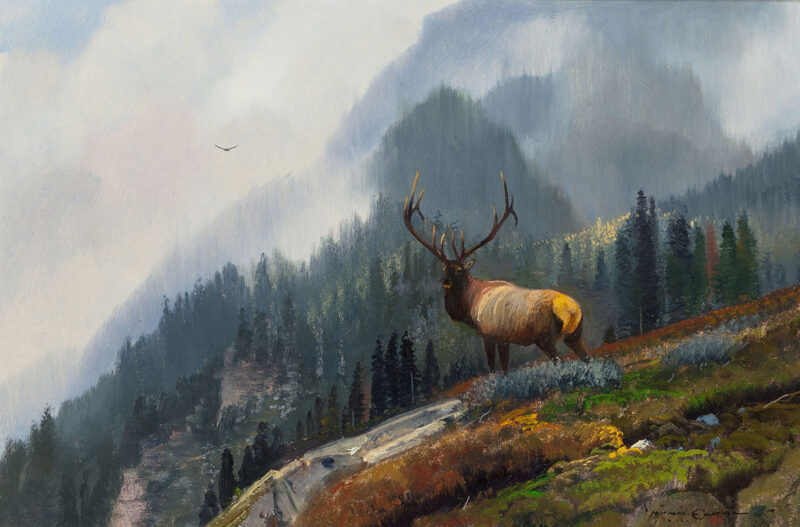
Mountain Stag by Michael L. Coleman
Of course, in this enlightened age, most people take a different view. For all too many modern folk, animals are soulless beings, put here solely for our sustenance and subject to our dominion. I don’t subscribe to that view myself, but even if it’s true, there are moral ramifications that follow the taking of a life. How an animal dies may, in fact, mean very little to the victim. But it means a great deal to the person doing the killing. Even if there is no one else to witness that final moment, the hunter has to reckon with it himself.
At the very least, we should give the quarry a quick death with as little suffering as possible. Beyond that, we should seek to leave the animal its dignity and beauty, even in death. We should do whatever we can to kill sustainably, leaving enough animals to maintain the population and enough wild country to support them.
Perhaps most of all, we should always kill with respect. A subsistence hunter may see that fact even more clearly than the hunter who pursues game only for sport. Man and animal, hunter and prey are swept along together in the great natural processes of the planet, the individuals no more than the water through which the wave passes. Killing is a part of life, something no living thing can avoid. The test the hunter faces is not whether he kills but how.
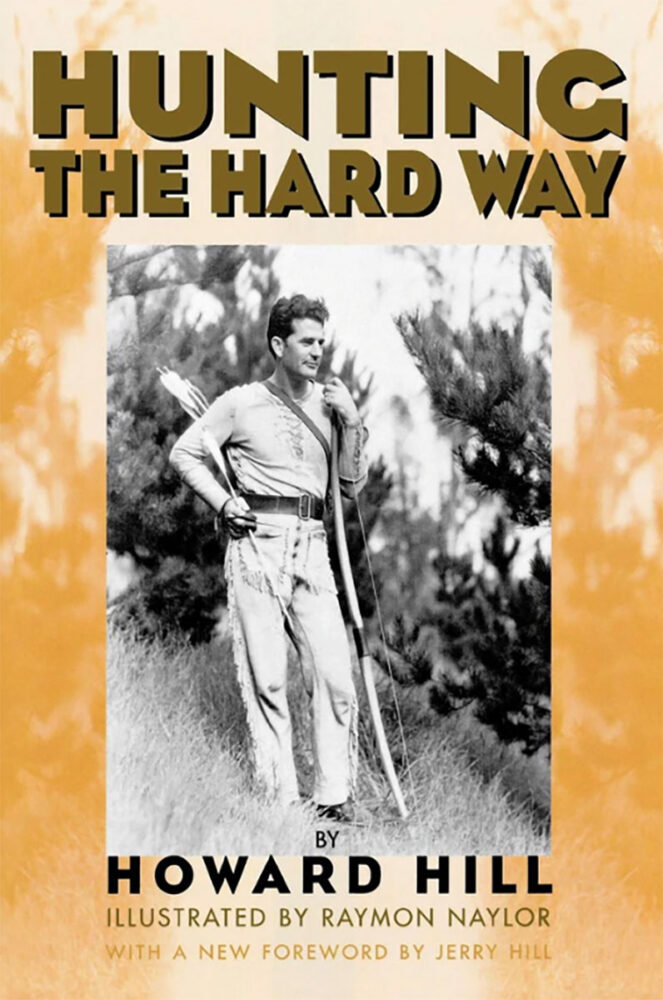 Archery conjures up many images ― Robin Hood, the American West, wild safaris in Africa, and the simplicity of nature on a brisk October morning. Howard Hill brings to life all of these images with exciting stories about the thrill of the hunt, oneness with nature, and the adventure of the great outdoors. Hunting the Hard Way, considered by many to be the most sought-after archery title, is now back in print and full of the thrilling escapades of a bow and arrow purist. Thrilling stories include hunting wildcats, buffalo, mountain sheep, wild boar, alligator, deer, and small game with bow and arrow. Buy Now
Archery conjures up many images ― Robin Hood, the American West, wild safaris in Africa, and the simplicity of nature on a brisk October morning. Howard Hill brings to life all of these images with exciting stories about the thrill of the hunt, oneness with nature, and the adventure of the great outdoors. Hunting the Hard Way, considered by many to be the most sought-after archery title, is now back in print and full of the thrilling escapades of a bow and arrow purist. Thrilling stories include hunting wildcats, buffalo, mountain sheep, wild boar, alligator, deer, and small game with bow and arrow. Buy Now
